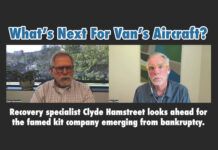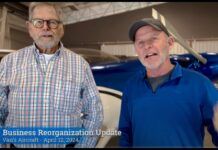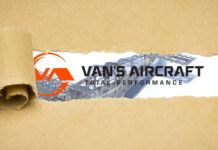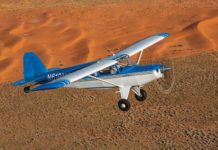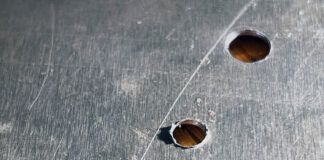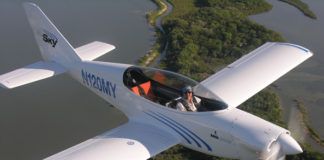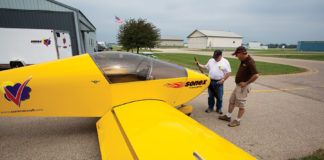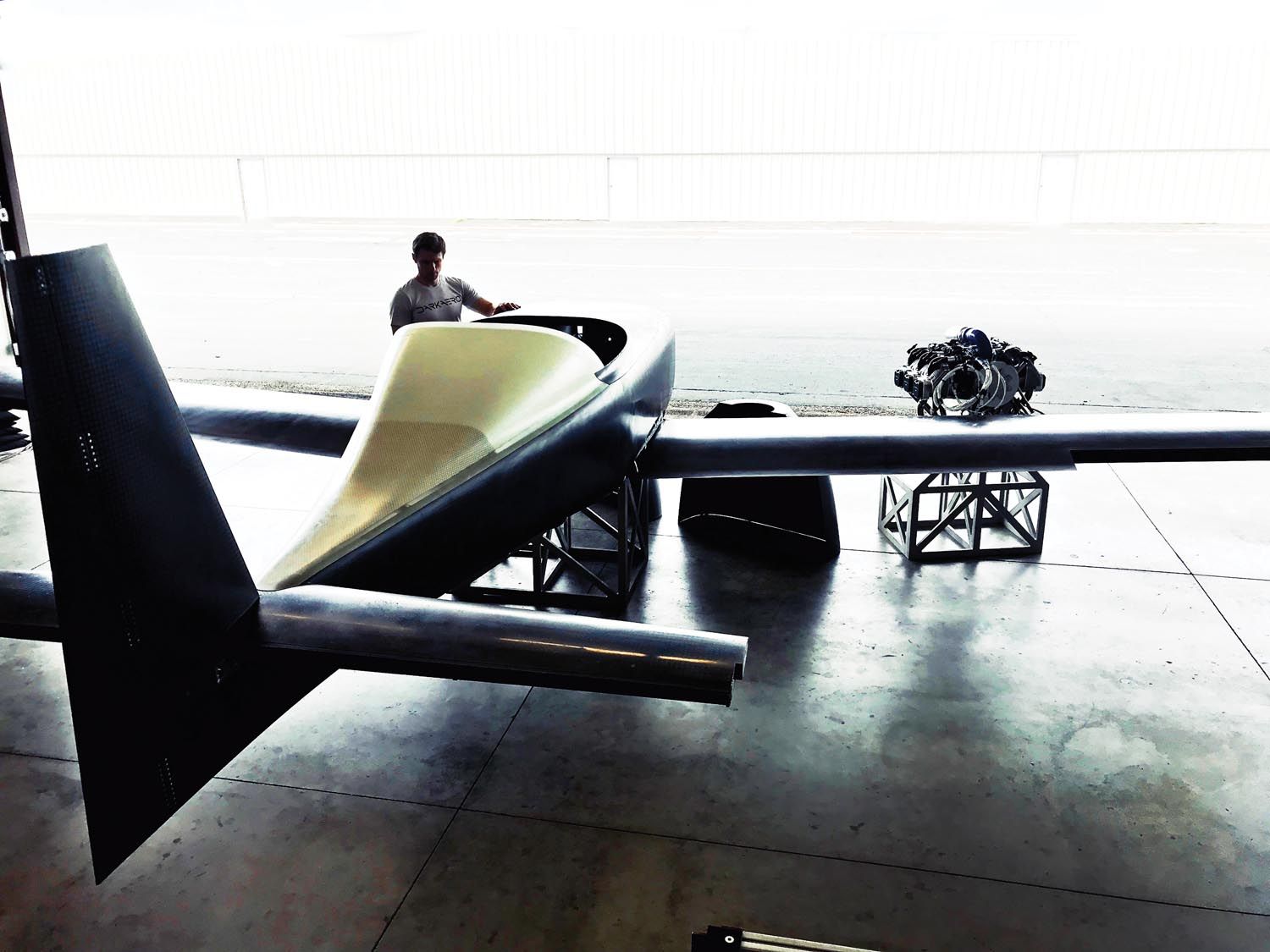
Experimental aviation has been a serious thing since, well, the beginning. Orville and Wilbur were homebuilders, for sure, but it wasn’t until after World War II that the FAA agreed to carve out a licensing path for airplanes built in your barn or garage.
From the Experimental/Amateur-Built category’s emergence in 1947 through the founding of the Experimental Aircraft Association (EAA) in 1953, the classification grew slowly—in part because building on your own meant doing everything: welding, working with fabric, painting, upholstering, wiring, and plumbing. Once you’d found all the raw materials you needed, of course.
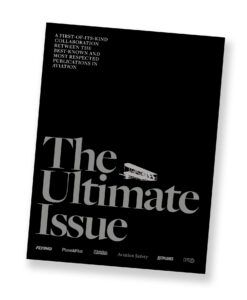
It wasn’t until the 1970s that the idea of “kit” airplanes became a serious thing. Frank Christensen is often credited for kick-starting the industry as we know it, providing builders of his Christen Eagle virtually everything they needed to build the airframe. All carefully packaged. All accounted for and tested to work with his airplane. No more cut-and-try, no more scrounging for a set of brakes that might work—or only work with serious modification. For a large part of that project, the parts fit together, turning what had often been a lot of hand fabrication into much more of an assembly process. Then came Burt Rutan and his moldless-fiberglass machines, first the VariEze and then the Long-EZ—to be followed by dozens of similar airplanes that promised greatly reduced build times alongside their impressive performance credentials.
By the 1980s, the speed race was on, with Glasair and Lancair battling it out to make the fastest sport airplanes available. They hewed to a simple idea: Put as much horsepower into as small an airframe as you could get away with. Impressive top speeds came, but the real impact was actually behind the scenes. As the designs got faster, they had to become much stronger. Early homebuilts pulled from a rich tapestry of Piper Cub-like airplanes (along with the Cub itself, naturally), where speeds were necessarily low, aerodynamics comparatively forgiving, and the horsepower count was mostly what you could afford.
When the engineering requirements increased for the “average” homebuilt, so did expectations of what the kit would encompass.
Early designs anticipated that you’d be able to weld your own fuselage tubes, engine mount, and exhaust system, for example.
From the late 1970s and into the next two decades, builder expectations changed radically. Every new kit was designed to be easier to build, either because the design itself was simpler, or because more of the tedious work had been done at the factory. In time, every flight-critical component would come to be built by professionals, either at the factory proper or by trusted subcontractors. They, as pros, used the right tooling and had the expertise to ensure that the parts were accurately built, typically to a much higher standard than the typical builder could muster.
Which brings us to the opening question: Why aren’t there new kit companies popping up left and right, like we had in the latter part of the ’70s and through the ’80s? It’s a simple question with a multipart answer.
Let’s start with builder expectations. For the last three decades, experimental aviation has been in its maturity phase. The best-run and -funded companies chose to incrementally develop their products while working to build better factories. Investment in new tooling technologies, including CNC (computer numerically controlled) machining and, especially, punch-press machines, helped drive almost unseen development. If you look at, say, an early Van’s RV-6 and then consider a recent-build RV-7, you might conclude they’re very similar airplanes.
They’re not. The early RV-6 required a lot more fabrication by the builder and had, by modern standards, fewer semi-finished components. Meaning, the builder was responsible for a great deal of both assembly and alignment because of the need to locate parts relative to one another and drill holes in exactly the right place. Moving on to the current version, which uses something called matched-hole construction, the job gets significantly easier because the parts become self-aligning. Each mating part has the rivet holes placed in such a way that they only go together one way. You’re either way off or right on.
Even with that, though, the earlier versions required the builder to partially assemble large parts of the airplane, drill those locating holes to final size, then disassemble to remove burrs from the drilling process, primer between skins, and commit a few other steps before the parts could be reassembled and then riveted. Today’s technology involves the factory making those holes to final size, meaning that no further drilling operations are required. Assemble the pieces, make sure the surfaces align properly and there are no burrs or defects with the holes, then begin riveting. Removing builder steps helps cut the assembly time and reduces the chances of a mistake. And while it’s true the factory can make mistakes, it’s far more likely any “oops” will come from the builder’s hand.
These time-saving steps cost money for the builder but especially for the company. And they’re really not optional in today’s kit world. Builders expect a high level of completion and that every effort be made to reduce both build time and the chances for builder error.
I asked this question of a handful of kit companies: Let’s say a tornado came through on a weekend and leveled your plant, what would it take to start again? The answer: between $5 million and $15 million. And that’s assuming you have your design and other intellectual properties already in place. Start the whole effort from zero? Perhaps double, according to my sources.
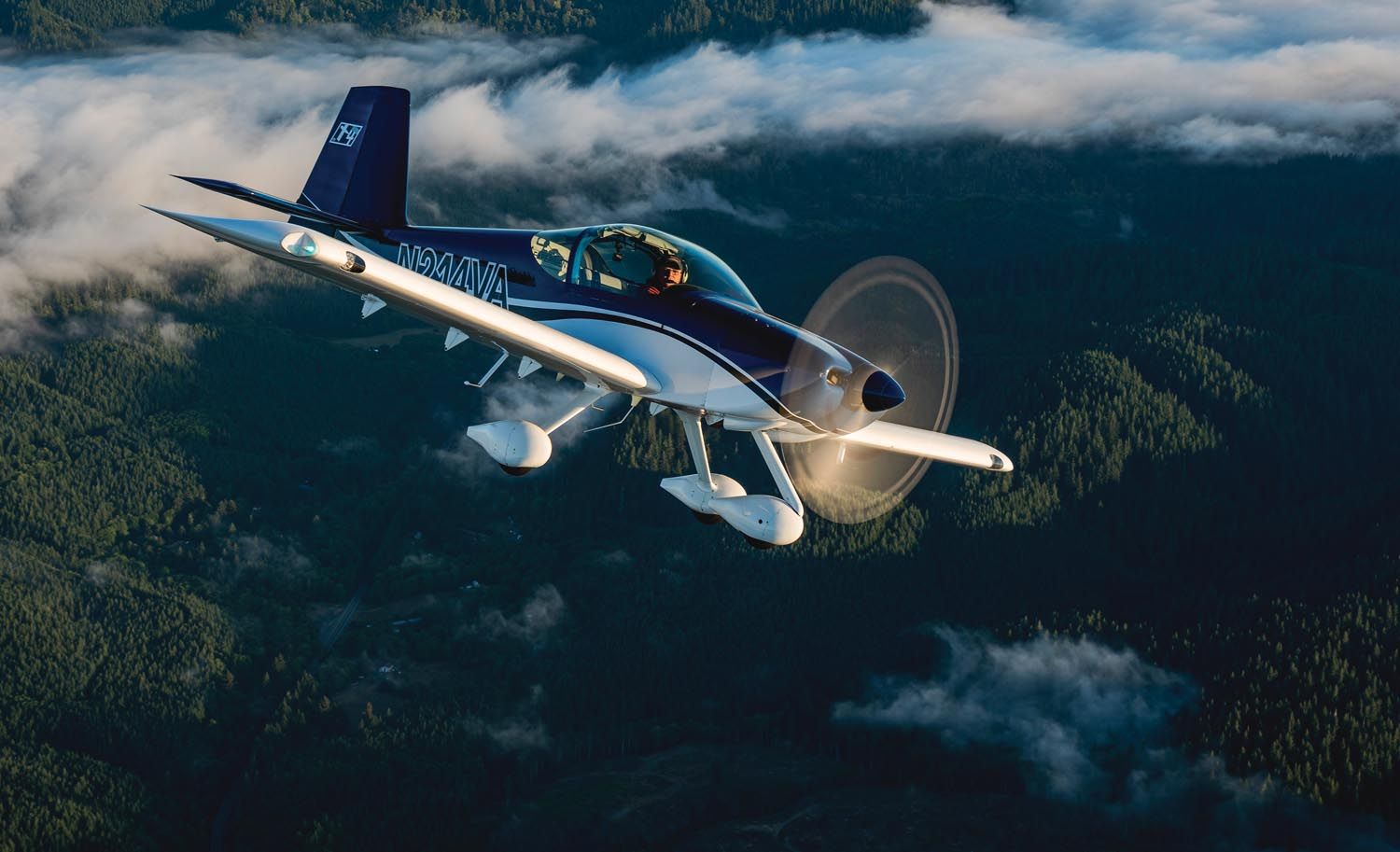
There’s more keeping this industry in the mature phase than pure economics. In the early days, there was a lot more tolerance for building one-offs and taking risks with startup companies. But those heady days were punctuated by a few marginal companies taking deposits and going under before all the kits or aircraft components were delivered. Some of these companies, trying to elbow their way to the front, found themselves unable to commit the kind of arduous, expensive development process all really good airplanes require. Not that they were dangerous, necessarily, but in many cases the last few clicks of refinement didn’t happen, at least not right away.
As a result, builders became more conservative over time, favoring the established companies that seemed to perform the development work and proved to have the financial grounding to continue producing kit components in a reasonable amount of time. They were also trending toward being followers rather than pioneers, in the sense that choosing a popular make and model gave them a built-in support group at the airport. That’s how the most popular brands became the default choice, making it harder for new entrants to gain a foothold.
Cost is also a factor. Established companies have the advantage of amortizing the cost of the factory, which puts less of a burden on today’s kit prices. In fact, most kits have gone up in price mainly due to increases in the cost of raw materials. And that’s before you look at powerplant and avionics price increases. The kit market has always been price sensitive, so a company that has a stable product line with moderate costs, plenty of happy builders, support groups, and numerous flying examples has an unfair advantage over the newcomers.
But change is coming with the expansion of 3D printing and other new manufacturing techniques. Not that airplanes will, in the near future, be 3D-printed appliances, but that the technology allows for faster prototyping and the possibility of better, more accurate, more easily changeable molds for composite aircraft. (Traditional molds are intensely time consuming to create, which is why companies try to get the most out of them by not changing or updating models any more often than they have to.) And we’re not even considering the possibility of electric aircraft or other powerplant alternatives.
We may look back on this period of homebuilt aircraft as a decades-long time of stability and conventionality, but it’s not for a lack of imagination or wonder. Today’s Experimentals are the product of mature, relatively conservative companies providing the market precisely what it wants.
Tomorrow? Good question.
Images: DarkAero and Jon Bliss.




